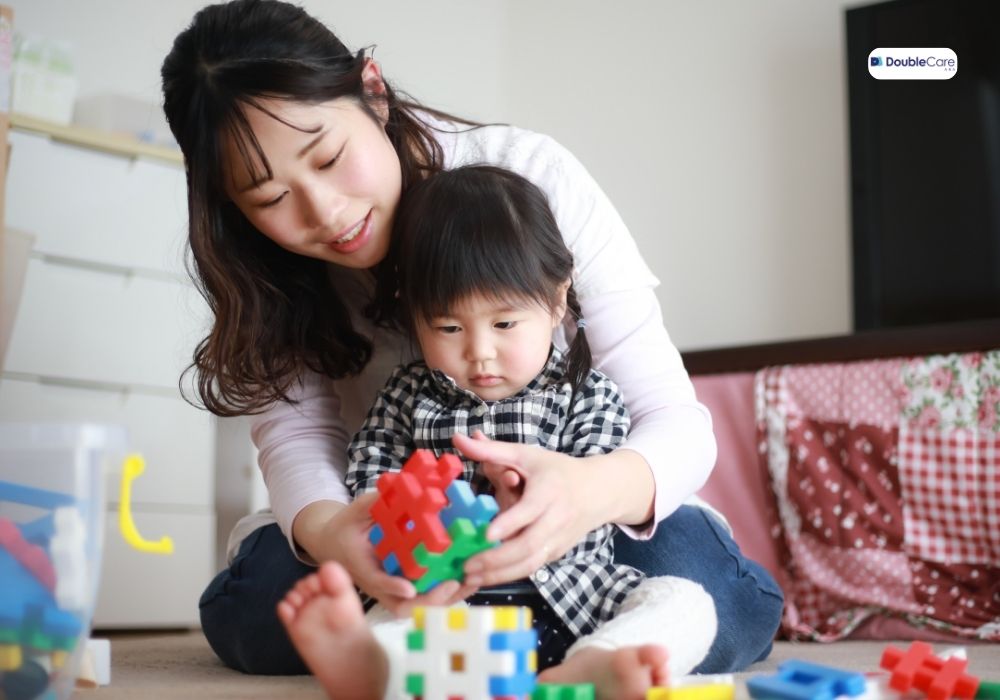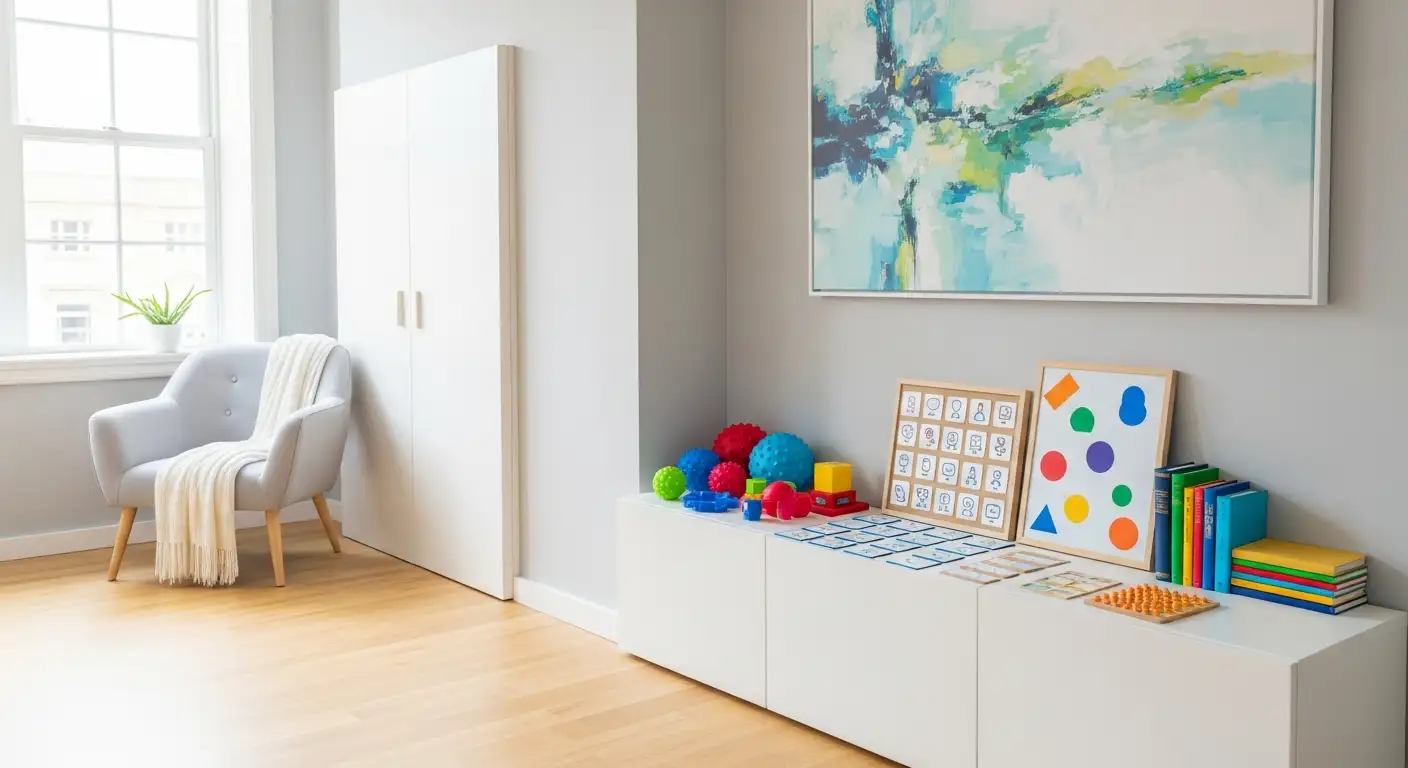Mealtime can often pose unique challenges for children, particularly those who benefit from a structured and supportive environment. Here are some effective strategies to make mealtime a more enjoyable and stress-free experience for your child, especially when working with ABA companies Brooklyn, NY.
Establish Routine and Predictability
Establishing routine and predictability around mealtime is crucial for children's overall well-being and comfort. Consistency in meal schedules not only provides a sense of structure but also reinforces healthy eating habits. Children with a preference for routine often feel more secure when they know what to expect, making them more likely to participate actively during meals.To further support this routine, consider involving your child in meal planning and preparation. This engagement not only increases their interest in meals but also empowers them to make choices within the established framework. Additionally, using visual schedules or timers not only helps in signaling mealtime but also aids in transitioning between activities, reducing potential stress or anxiety associated with abrupt changes.Moreover, incorporating calming rituals before meals, such as deep breathing exercises or quiet time, can help your child relax and prepare mentally for the meal. This approach nurtures a positive association with mealtime, fostering a conducive environment for enjoyable and stress-free dining experiences.
Create a Comfortable Environment
Creating a comfortable environment in the dining area is essential for promoting a positive mealtime experience for children. By minimizing distractions and enhancing the ambiance, you can help your child feel more relaxed and focused on eating. Here are some effective strategies to achieve this:
Minimize Distractions:
Reduce Noise: Choose a quiet area for meals away from loud appliances or high-traffic areas. Background noise can be distracting for children.Limit Visual Stimuli: Simplify the dining space by removing clutter and unnecessary visual elements. Busy patterns or excessive decorations can overwhelm your child's senses.
Enhance Ambiance:
Soft Lighting: Opt for smooth, natural lighting or dimmable lights to create a calming atmosphere. Harsh lighting can be unsettling for some children, while softer lighting promotes relaxation.Simple Decorations: Use minimal and soothing decorations such as plants or gentle artwork. Avoid overly stimulating decor that may divert your child's attention from the meal.Comfortable Seating: Choose comfortable and supportive seating that allows your child to sit comfortably at the table. Consider cushions or adaptive seating options if needed for additional support.
Offer Familiar and Preferred Foods

offering familiar and preferred foods is a supportive strategy to enhance mealtime comfort and encourage healthy eating habits for children. Here are detailed tips to effectively incorporate familiar and new foods into your child's meals:
Incorporate Familiar Foods:
Identify Preferences: Take note of your child's favorite foods and incorporate them regularly into meals. These familiar foods provide a sense of comfort and security, making mealtime more enjoyable.Variety in Preparation: Prepare familiar foods in different ways to maintain interest. For example, if your child enjoys pasta, vary the sauces or types of pasta shapes to add variety while sticking to familiar flavors.
Gradually Introduce New Options:
Start Small: Introduce new foods gradually in small portions alongside familiar foods. This approach allows your child to explore new flavors and textures at their own pace without feeling overwhelmed.Offer Choices: Provide options within a meal, such as offering two different vegetables or protein sources. This encourages autonomy and allows your child to make decisions based on their preferences.
Use Visual Supports
Using visual supports during mealtime can significantly enhance the dining experience for children, particularly those who benefit from visual cues and structured routines. Picture cards or charts illustrating meal choices empower children to make decisions independently, reducing stress around meal decisions. These visuals also outline the sequence of mealtime activities, such as setting the table or cleaning up, promoting understanding and participation. Visual schedules displaying meal times throughout the day create predictability and reduce anxiety by providing a clear timeline of when to expect meals. By customizing these visual aids to your child's preferences and developmental stage, you can effectively support their communication, independence, and overall comfort during mealtime.
Encourage Independence
Encouraging independence during mealtime is essential for nurturing your child's confidence and developing crucial life skills. Providing child-friendly utensils and dishes that are easy to handle empowers them to feed themselves successfully. Offering choices within predetermined options, such as selecting between different foods, encourages decision-making and active participation in meal decisions. By allowing your child to practice self-feeding and setting clear expectations for mealtime behavior, such as using utensils properly and assisting with simple tasks, you foster a sense of responsibility and independence. Celebrating their progress and creating a supportive dining environment further enhances their confidence and enjoyment during meals, ultimately promoting a positive relationship with food and mealtime routines.
Practice Flexibility and Patience
Flexibility and patience are vital principles to embrace during mealtime with children. Recognizing that not every meal will go according to plan allows you to approach dining experiences with understanding and adaptability. Avoiding power struggles over food choices or eating behaviors helps maintain a positive atmosphere at the table. Instead, focus on creating enjoyable mealtime experiences by celebrating small victories, such as trying a new food or demonstrating good table manners. By remaining patient and flexible, you make a supportive environment that encourages positive interactions and fosters healthy eating habits over time.
Use Positive Reinforcement
Positive reinforcement plays a pivotal role in creating a positive and supportive mealtime environment for children. By acknowledging and praising your child's efforts and successes during meals, such as trying new foods or demonstrating good table manners, you reinforce desirable behaviors. Specific and genuine praise, like celebrating their willingness to taste a new vegetable or their helpfulness in setting the table, encourages continued positive engagement. Celebrating achievements, whether big or small, helps build confidence and reinforces a healthy attitude towards food and mealtime routines. Consistency in offering positive reinforcement fosters a nurturing atmosphere where children feel valued and motivated to participate positively during meals, ultimately contributing to enjoyable family dining experiences and promoting lifelong healthy eating habits.
Seek Professional Guidance and Support
If you encounter persistent challenges during mealtime, consult with healthcare professionals or therapists specializing in child development. They can offer personalized strategies and support tailored to your child's needs.
Conclusion
Positive reinforcement plays a pivotal role in creating a positive and supportive mealtime environment for children. By acknowledging and praising your child's efforts and successes during meals, such as trying new foods or demonstrating good table manners, you reinforce desirable behaviors. Specific and genuine praise, like celebrating their willingness to taste a new vegetable or their helpfulness in setting the table, encourages continued positive engagement. Celebrating achievements, whether big or small, helps build confidence and reinforces a healthy attitude towards food and mealtime routines. Consistency in offering positive reinforcement fosters a nurturing atmosphere where children feel valued and motivated to participate positively during meals, ultimately contributing to enjoyable family dining experiences and promoting lifelong healthy eating habits. For more tips on supporting your child's development, visit us at Double Care ABA.
FAQs
Why is routine important during mealtime for children with autism?
Routine provides structure and predictability, which can help children feel more secure and comfortable. It reinforces healthy eating habits and reduces anxiety associated with unexpected changes.
How can I create a comfortable dining environment for my child with autism?
Creating a comfortable environment involves:
- Minimizing distractions like noise and visual stimuli.
- Using soft lighting.
- Choosing comfortable seating.
- Keeping decorations simple and soothing.
How can I incorporate familiar and preferred foods into my child's meals?
Identify your child's favorite foods and regularly incorporate them into meals. Offer variety by preparing familiar foods in different ways and gradually introducing new foods alongside familiar ones.
What are visual supports, and how can they help during mealtime?
Visual supports such as picture cards and schedules can aid in decision-making, reduce anxiety by outlining mealtime activities, and provide predictability, enhancing communication and independence.
How can I encourage my child with autism to be more independent during meals?
Encourage independence by providing child-friendly utensils, offering choices within predetermined options, and setting clear expectations for mealtime behavior. Celebrate their progress to boost confidence.
What should I do if mealtime becomes challenging despite using these strategies?
If challenges persist, seek guidance from healthcare professionals or therapists specializing in child development for personalized strategies and support tailored to your child's needs.
How can I introduce new foods to my child, who is hesitant to try unfamiliar textures or flavors?
Introduce new foods gradually and in small portions alongside familiar foods. Use positive reinforcement and avoid pressure or coercion, allowing your child to explore at their own pace.
What are some calming strategies I can use before meals to help my child with autism relax?
Before meals, consider incorporating calming rituals such as deep breathing exercises, quiet time, like gentle music or brushing. These activities can help your child relax and mentally prepare for mealtime.
Why is positive reinforcement effective during mealtime for children with autism?
Positive reinforcement encourages desirable behaviors such as trying new foods or demonstrating good table manners. It builds confidence, reinforces positive associations with mealtime, and promotes a supportive family atmosphere.














